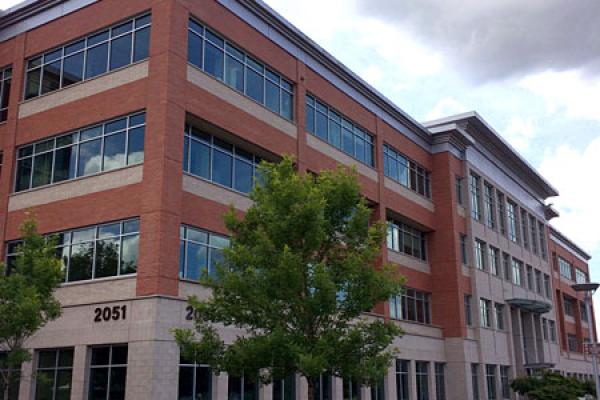Community Development Block Grant (CDBG)
We want to hear from you about housing and community development needs. Your input is valuable to us during the preparation of annual action plans.
For more information contact Mark Sirois or by phone at 503-655-8591.
CDBG funds are awarded through a process that involves citizen participation and coordination with participating cities within Clackamas County. To receive CDBG assistance, a proposed project must:
- meet a national objective of the CDBG program
- be an eligible activity under federal CDBG regulations
- have a commitment of matching resources equal to at least 20% of the total project cost
- meet other funding criteria of Clackamas County's Community Development Program
National Objectives
In order for any project to be considered for funding, it must meet one of the three broad "National Objectives" established by Congress. A CDBG project must:
- benefit low and moderate-income persons
- prevent or eliminate slums
- blight or meet an urgent community development need
Primary emphasis is placed on the objective to benefit low and moderate-income persons.
Benefit to low- and moderate-income persons
A CDBG project meets this goal if it:
- benefits all residents of a residential area recognized by HUD as a low and moderate-income area. Click on the maps below to see areas that meet HUD criteria:
- benefits a group of individuals of which 51% have low or moderate incomes.
- benefits low or moderate income individuals.
Preventing or eliminating slums or blight
Prevention or elimination of slums or blight is the second major national objective of the CDBG program. A limited array of projects may meet this objective if they meet HUD recognized criteria for slums and blight.
Urgent needs
CDBG funds may also be used to meet the third national objective of "Urgent Needs." In this category, the project proposed must address a problem which is demonstrated to have arisen or escalated in the past 18 months, which poses a serious threat to the health and welfare of the community, and for which other financial resources cannot be provided or have been denied.
Eligible improvements
Improvements listed below which meet national objectives are eligible for funding under the CDBG program.
Public facility improvements
CDBG funds may be used for the acquisition, construction, reconstruction, rehabilitation or installation of public facilities. Examples include improvements to publicly owned properties and properties owned by private non-profit entities which serve the public, neighborhood facilities, centers for the handicapped, senior centers, utilities, streets and sidewalks, water and sewer facilities, parks and shelters for persons with special needs.
Historic preservation
CDBG funds may be used for the rehabilitation, preservation or restoration of historic properties. Historic properties are those sites or structures that are either listed on or eligible to be listed on the National Register of Historic places, listed in a State or local inventory of historic places, or designated as a State or local landmark or historic district by appropriate law or ordinance. Historic preservation of buildings used for the general conduct of the government may not be assisted with CDBG funds.
Architectural barrier removal
CDBG funds may be used for projects designed to remove material and architectural barriers which restrict the mobility and accessibility of elderly or handicapped persons to buildings, facilities and improvements.
Economic development
CDBG funds may be used to assist economic development activities including:
- acquisition, construction, reconstruction, rehabilitation or installation of commercial or industrial buildings structures, and other real property
- assistance for private non-profit business
- help for neighborhood-based non-profit organizations, small business investment companies, or local development corporations to carry out a neighborhood revitalization, community economic development or energy conservation project.
Housing rehabilitation
CDBG funds may be used to finance the rehabilitation of:
- privately owned buildings and improvements for residential purposes
- low-income public housing and other publicly owned residential buildings and improvements
- manufactured housing
Emergency shelter grant program
The federal Department of Housing and Urban Development (HUD) provides Emergency Shelter Grants (ESG) to improve the quality and number of emergency homeless shelters. The grant can be used to assist with the rehabilitation or conversion of buildings into homeless shelters and to provide funding for related social services, shelter operating expenses, homeless prevention activities, and administrative costs. HUD's purpose in funding the shelters and related social services is to provide a foundation for homeless people to begin moving to independent living.
HUD allocates ESG funds annually based on the formula used for the Community Development Block Grant (CDBG). Under HUD rules, the county may administer the entire grant itself or distribute the funds to private nonprofit organizations. The county must also match ESG grants dollar-for-dollar from non-ESG sources. The county distributes the funds to the following existing shelters to assist with covering operating costs.
For more information on the ESG program, visit HUD's web site.
 Translate
Translate






